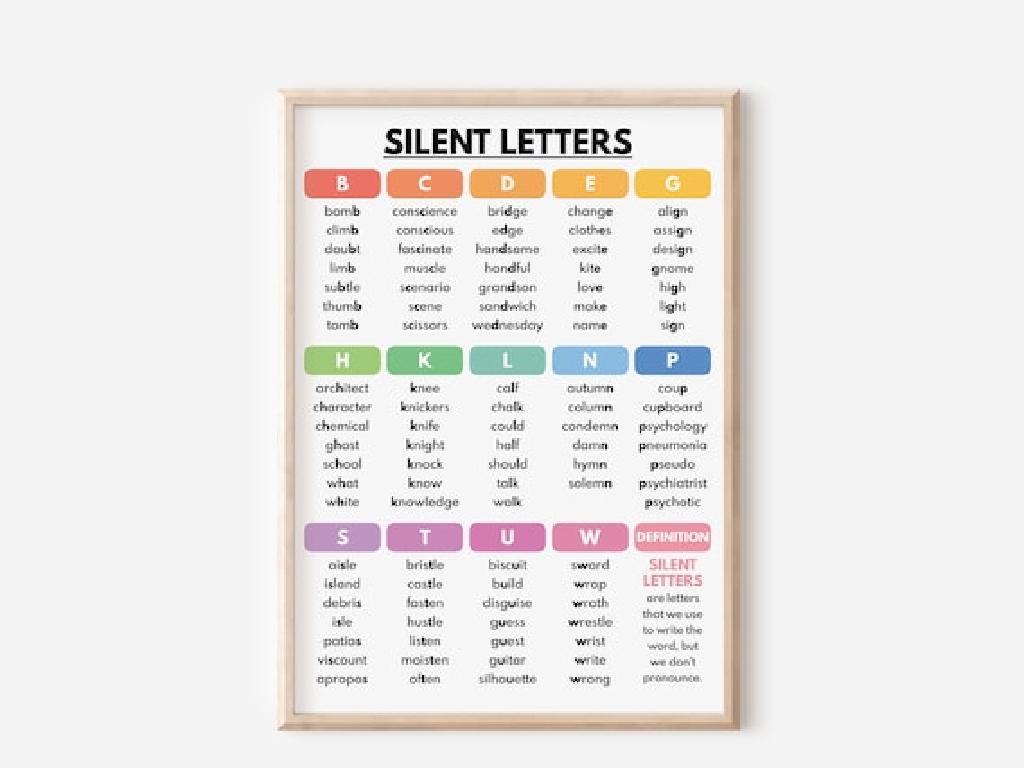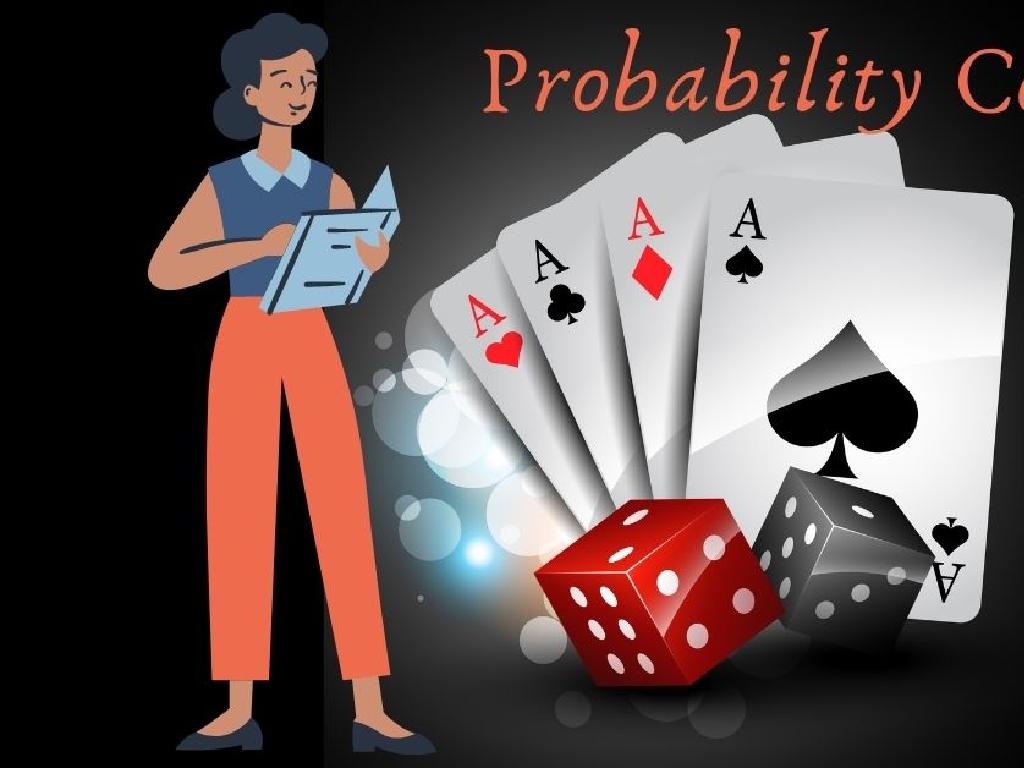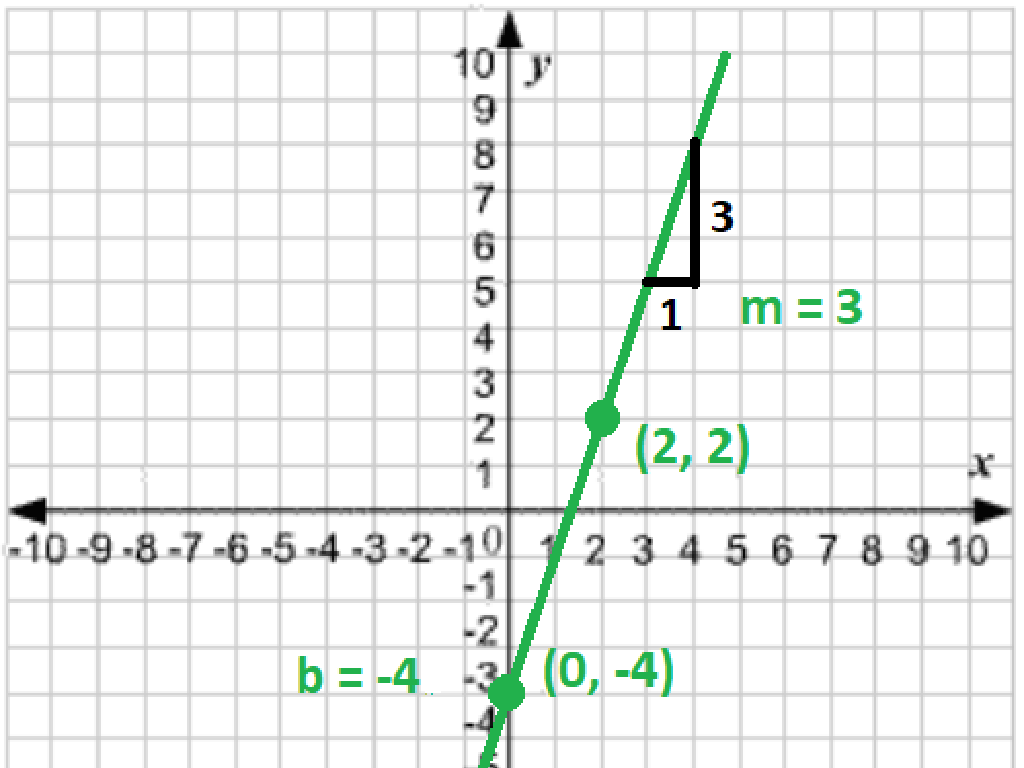Convert Fractions And Mixed Numbers To Decimals
Subject: Math
Grade: Fourth grade
Topic: Relate Fractions And Decimals
Please LOG IN to download the presentation. Access is available to registered users only.
View More Content
Converting Fractions to Decimals
– Understand fractions and decimals
– Fractions show parts of a whole, decimals show parts of one
– Differences and relationships
– Fractions have numerators/denominators, decimals have points
– Today’s goal: conversion
– We’ll learn to change fractions into decimals
– Practice with mixed numbers
– Mixed numbers have a whole part and a fraction part
|
This slide introduces the concept of converting fractions and mixed numbers to decimals, a key skill in understanding the relationship between these two forms of numbers. Begin by explaining that fractions represent parts of a whole, while decimals are another way to show parts of one. Highlight the differences in their representation, with fractions having a numerator and denominator, and decimals being written with a decimal point. Today’s goal is to equip students with the ability to convert fractions, including mixed numbers, into decimal form. Provide examples and practice problems for converting mixed numbers, which combine whole numbers and fractions, into decimals. This will help students see the practical application of this skill in various real-life scenarios.
Understanding Fractions
– A fraction is part of a whole
– Consists of numerator and denominator
– Top number is numerator, bottom is denominator
– Example fractions: 1/2, 3/4, 5/8
– Like pieces of a pie: 1/2 is half, 3/4 is three quarters
– Converting fractions to decimals
– Divide numerator by denominator to get a decimal
|
Begin the lesson by explaining that a fraction represents a part of a whole, like a slice of pizza out of a whole pizza. The top number, or numerator, indicates how many parts we have, while the bottom number, or denominator, shows how many equal parts the whole is divided into. Use visual aids like pie charts to illustrate common fractions such as 1/2, 3/4, and 5/8. Then, demonstrate how to convert these fractions into decimals by dividing the numerator by the denominator, using simple examples and ensuring to explain the process step by step. Encourage students to practice with different fractions to become comfortable with the concept.
Understanding Decimals
– Decimals represent parts of a whole
– Decimals are based on the number 10
– Example: 0.5 equals half
– 0.5 is the same as 1/2 in fraction form
– Example: 0.75 equals three quarters
– 0.75 is the same as 3/4 in fraction form
|
This slide introduces the concept of decimals to fourth-grade students. Decimals are a different way to express fractions and are particularly useful because they are based on the number 10, which aligns with our base-10 number system. Provide examples of simple decimals and their equivalent fraction forms to help students make connections between the two. Emphasize that understanding decimals is important for everyday activities, such as handling money and measuring. Encourage students to think of other examples where they encounter decimals in real life.
Converting Fractions to Decimals
– Divide numerator by denominator
– Use long division for large numbers
– When the numbers are too big to divide in your head
– Example: Convert 3/4 to decimal
– 3 divided by 4 equals 0.75
– Practice with different fractions
– Try converting 1/2, 2/3, and 5/8 on your own
|
This slide introduces the concept of converting fractions to decimals, which is a key skill in understanding the relationship between fractions and decimals. Start by explaining that the numerator (top number) can be divided by the denominator (bottom number) to find the decimal equivalent. For larger numbers, demonstrate how to set up a long division problem. Use 3/4 as an example to show the process step by step, resulting in 0.75. Encourage students to practice with different fractions to solidify their understanding. Provide additional examples like 1/2, 2/3, and 5/8 for them to work on as homework or in-class activity.
Converting Mixed Numbers to Decimals
– Understand mixed numbers
– A mixed number has a whole part and a fraction part, like 2 1/2.
– Convert fraction to decimal
– Divide the numerator by the denominator, e.g., 1/2 = 0.5.
– Add decimal to whole number
– Combine the whole number with the decimal, e.g., 2 + 0.5.
– Example: 2 1/2 as a decimal
– 2 1/2 equals 2 + 0.5 which is 2.5 in decimal form.
|
This slide introduces students to the concept of converting mixed numbers to decimals. Start by explaining what a mixed number is, with a whole number and a fraction part. Demonstrate how to convert the fraction into a decimal by dividing the numerator by the denominator. Then, show students how to add this decimal to the whole number to get the final decimal value. Use the example of converting 2 1/2 to a decimal to illustrate the process. Encourage students to practice with different mixed numbers and reinforce the concept by solving several examples together in class.
Practice Time: Fractions to Decimals
– Let’s convert 7/8 together
– 7 divided by 8 equals 0.875
– Understand dividing numerator by denominator
– Divide the top number by the bottom number
– Work with a partner on 5/6
– Discuss with your partner how to convert 5/6
– Share your decimal conversion
– Explain how you got your answer to the class
|
This slide is designed for a collaborative classroom activity where students practice converting fractions to decimals. Start by demonstrating the conversion of 7/8 to a decimal, which is 0.875, by dividing 7 by 8. Explain that to convert a fraction to a decimal, you divide the numerator (top number) by the denominator (bottom number). Pair up students and have them work together to convert 5/6 to a decimal. Encourage them to discuss the steps and check each other’s work. After the activity, ask some pairs to share their answers and the process they used to get there. This reinforces the concept and allows for peer learning. Provide additional examples if time allows and ensure to circulate the room to assist pairs as needed.
Class Activity: Decimal Bingo
– Receive your Decimal Bingo card
– Listen as fractions are called out
– Convert fractions to decimals
– Use division to turn fractions into decimals
– Mark your card and aim for Bingo!
– Five in a row horizontally, vertically, or diagonally wins
|
This interactive activity helps students practice converting fractions to decimals in a fun and engaging way. Each student will receive a Bingo card filled with decimals. As the teacher calls out fractions, students will need to use their skills to convert these fractions into decimals. They will then mark the corresponding decimal on their Bingo card. The first student to get five in a row either horizontally, vertically, or diagonally shouts ‘Bingo!’ and wins. For the teacher: Prepare Bingo cards in advance, ensure students understand how to convert fractions to decimals, and have small prizes ready for winners. Possible variations of the game could include using mixed numbers, providing time limits for conversions, or playing ‘Blackout Bingo’ where all spaces must be filled.
Converting Fractions: Review & Homework
– Recap: Fractions to decimals
– Remember to divide the numerator by the denominator.
– Mixed numbers to decimals
– Convert the whole number part and the fraction part separately, then add them.
– Practice makes perfect!
– Homework: 10 conversion problems
– Worksheet to reinforce today’s lesson.
|
As we conclude today’s lesson, it’s important to review the key concepts of converting fractions and mixed numbers to decimals. Remind students that to convert a fraction to a decimal, they divide the numerator by the denominator. For mixed numbers, they should convert the whole number and the fraction part separately and then combine them. The homework worksheet with 10 problems is designed to reinforce these concepts and ensure students practice the steps involved in conversion. Encourage them to attempt the worksheet independently, and remind them that practice is essential for mastering this skill. In the next class, we will review the homework answers and clarify any doubts.





